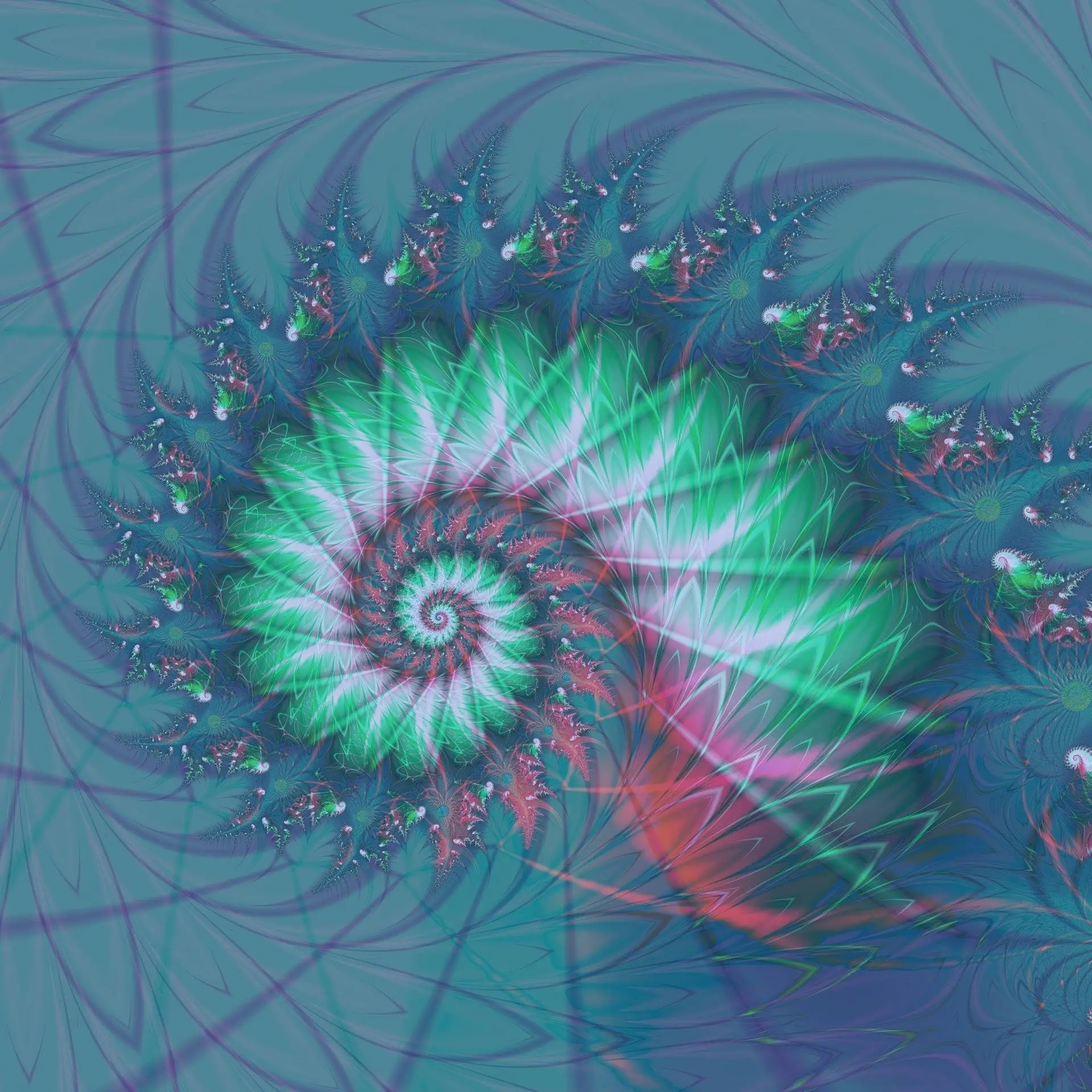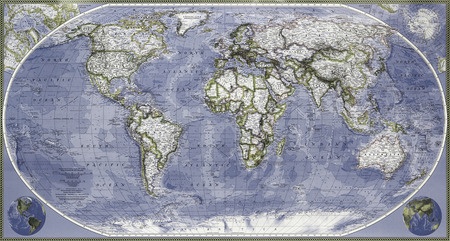Every living organism evolves, develops and transforms, thus crossing increasingly expanded levels of consciousness.
This is what is proposed Clare Graves from the 1950s with the theory of cyclical and emergent levels of existence (in English Emergent Cyclical Levels of Existence Theory, ECLET), that Don Beck And Chris Cowan extended under the name of Spiral Dynamics.
Spiral Dynamics: A Map of Evolution
According to this theory, any living system (individual, organization or society) gradually becomes more complex. It goes through stages called "Same", each corresponding to a particular level of existence, associated with specific values (the vMemes).
Each level offers a adaptive response to a set of problems existential. Moving to a higher level requires a transformation of thinking, often triggered by a crisis or imbalance, and requiresintegrate the previous steps. It is also possible to regress in case of shock or collapse.
Here is a summary of these nine levels:
| Level | Features |
|---|---|
| 1 | Archaic, instinctual: survival through routine |
| 2 | Tribal, magical, animist: valorization of ritual |
| 3 | Self-centered, domineering, heroic |
| 4 | Traditional, rigid, moral and social order |
| 5 | Modern, materialistic, success-oriented |
| 6 | Postmodern, pluralist, seeking harmony |
| 7 | Integrative, autonomous, knowledge-oriented |
| 8 | Holistic, interdependent, emerging spirituality |
| 9 | Co-creative, interdependence of all that is (holons) |
The first three levels are dominated by the fear. From the level 6, A radical change takes place: individualism gives way to cooperation, love, and a broader awareness of the living.spiritual intelligence begins to emerge.
A striking correspondence with Schwartz's values
From a complementary perspective, the psychosociologist Shalom Schwartz established an empirical typology of universal human valuesThese are present in all individuals to varying degrees.
Here is a synthetic correspondence between the levels of the Dynamic Spiral and the values identified by Schwartz:
Level | Dynamic Spiral Stages | Schwartz's associated values |
1 | Archaic, instinctual, survival- Uses routine to survive | Compliance |
2 | Tribal, magical, animistic, ritualistic | Security |
3 | Self-centered, need for domination, heroic but simplistic | Power |
4 | Traditional, rule-compliant, stable, defense of order | Tradition |
5 | Modernism, opportunistic to achieve success, materialistic | Success/Hedonism/Stimulation |
6 | Postmodern, ecological, seeking harmony, anti-hierarchy | Kindness |
7 | Independent with regard to self-esteem, integration of differences, flexible, spontaneous, knowledge and skills are valued more than material wealth and power | Autonomy |
8 | Holistic, interdependence, emergence of a new spirituality as the mesh of all existence | Universalism |
9 | Life is a co-creative process engaged in by interconnected holons of existence with semi-permeable boundaries. | Universalism |
Two complementary visions of human evolution
The two models do not overlap perfectly but share a evolutionary vision of humans and their social systems.
For Graves, each level is a step to take on a scale of complexity.
For Schwartz, all values coexist within us, activated according to the context and our personal development.
Another essential distinction concerns the success : in Schwartz, it can be social, hedonistic or intellectual, while it corresponds to a single level in the Dynamic Spiral (level 5).
Despite these differences, the complementarity is enlightening. Both approaches confirm the idea that humanity shares a common base of values, and that the development of individuals and societies follows a evolutionary trajectory, which is crucial to understand.
Practical applications
These models are powerful tools for:
analyze the conflicts of values between individuals, organizations or cultures;
understand why some transformations fail ;
support processes ofcollective evolution ;
identify the sources of misalignment in a project or governance.
They thus offer valuable reading grids in coaching, change management, leadership, human resources, Or societal development.
To meditate on
Understanding the evolution of levels of consciousness and associated values helps us to overcome misunderstandings, to better situate ourselves in the world, and to accompany transformations – our own as well as those of others – with greater lucidity, opening And kindness.



